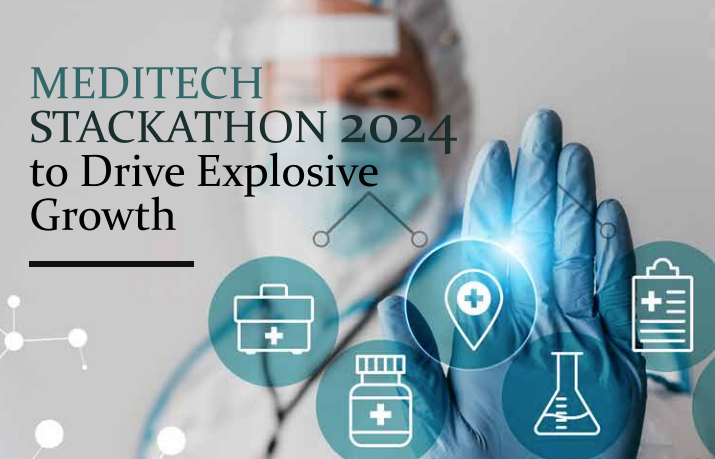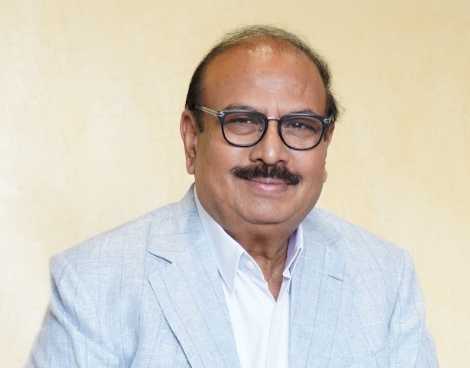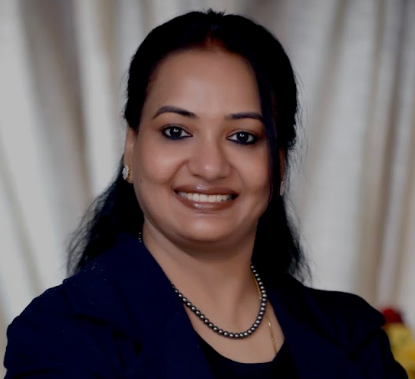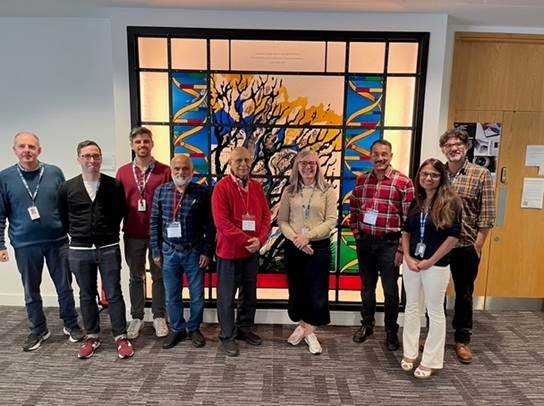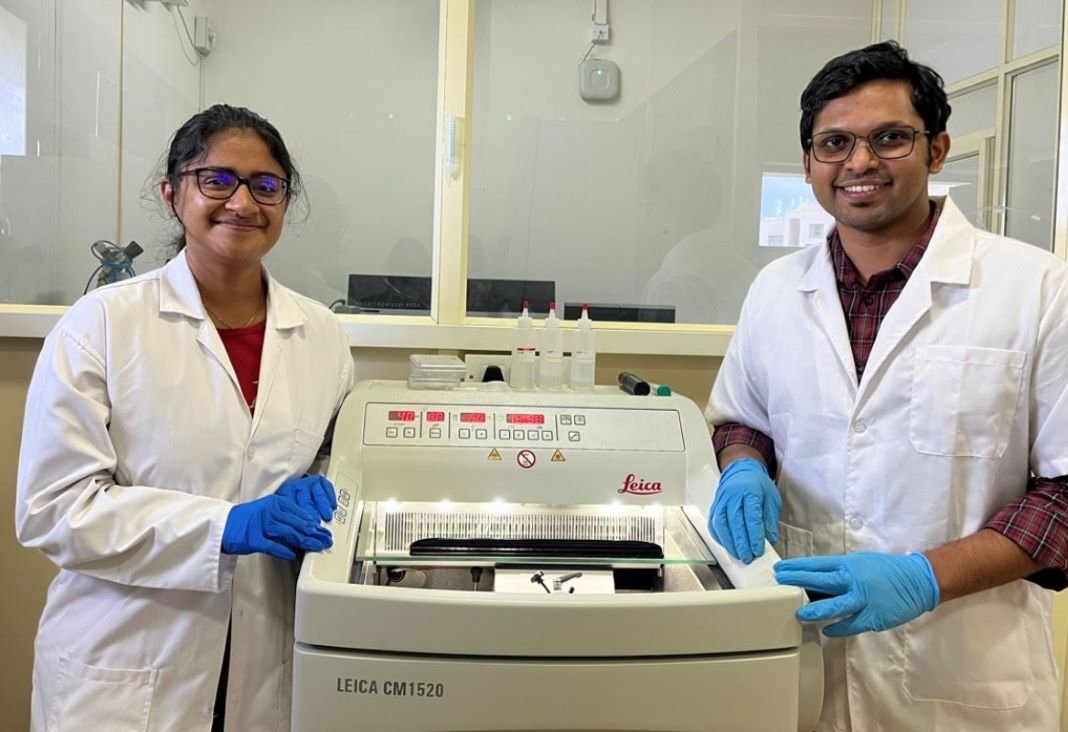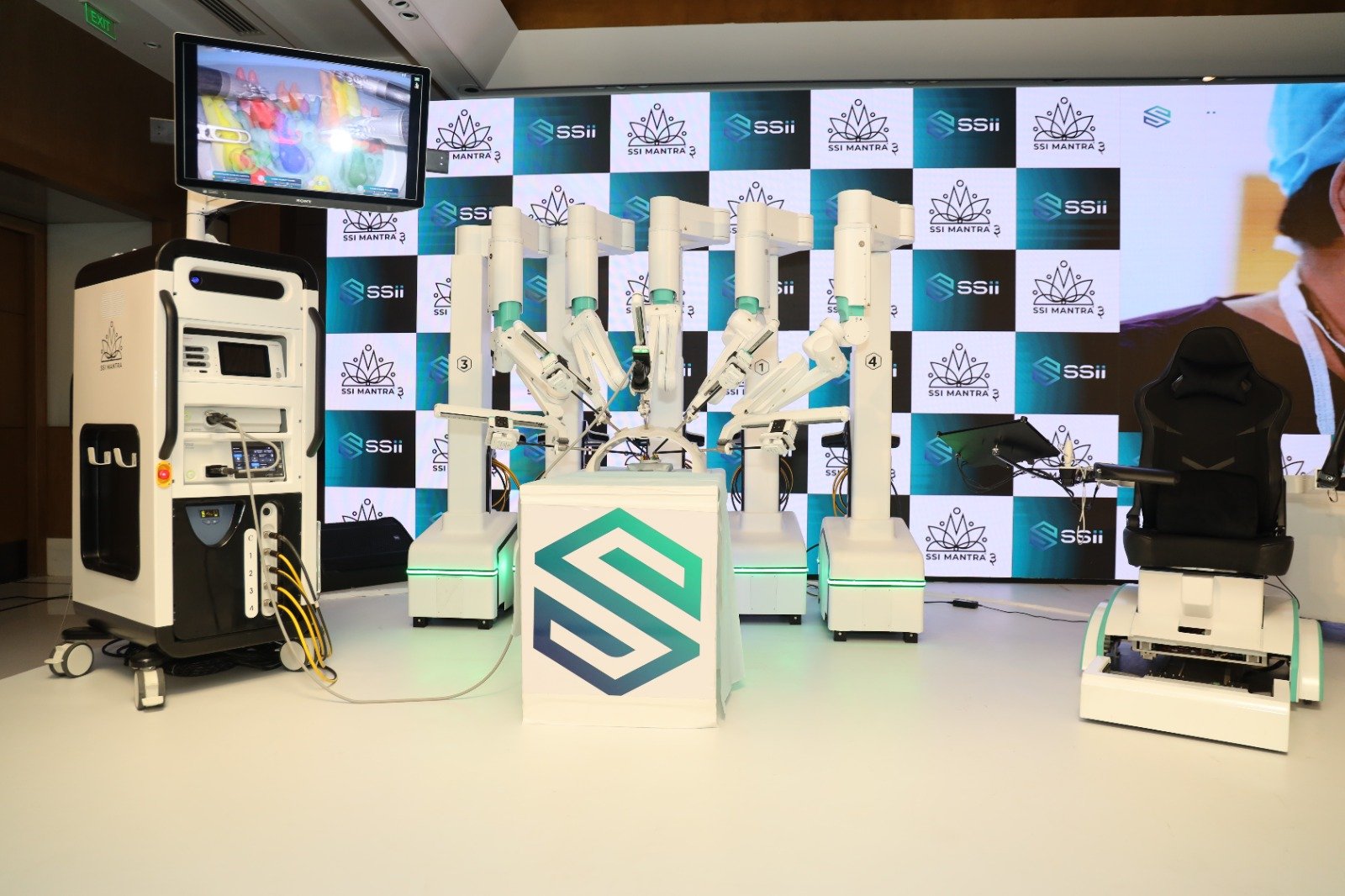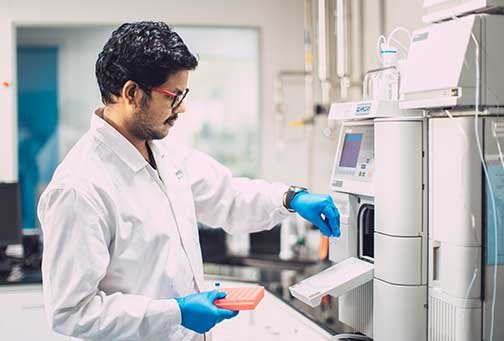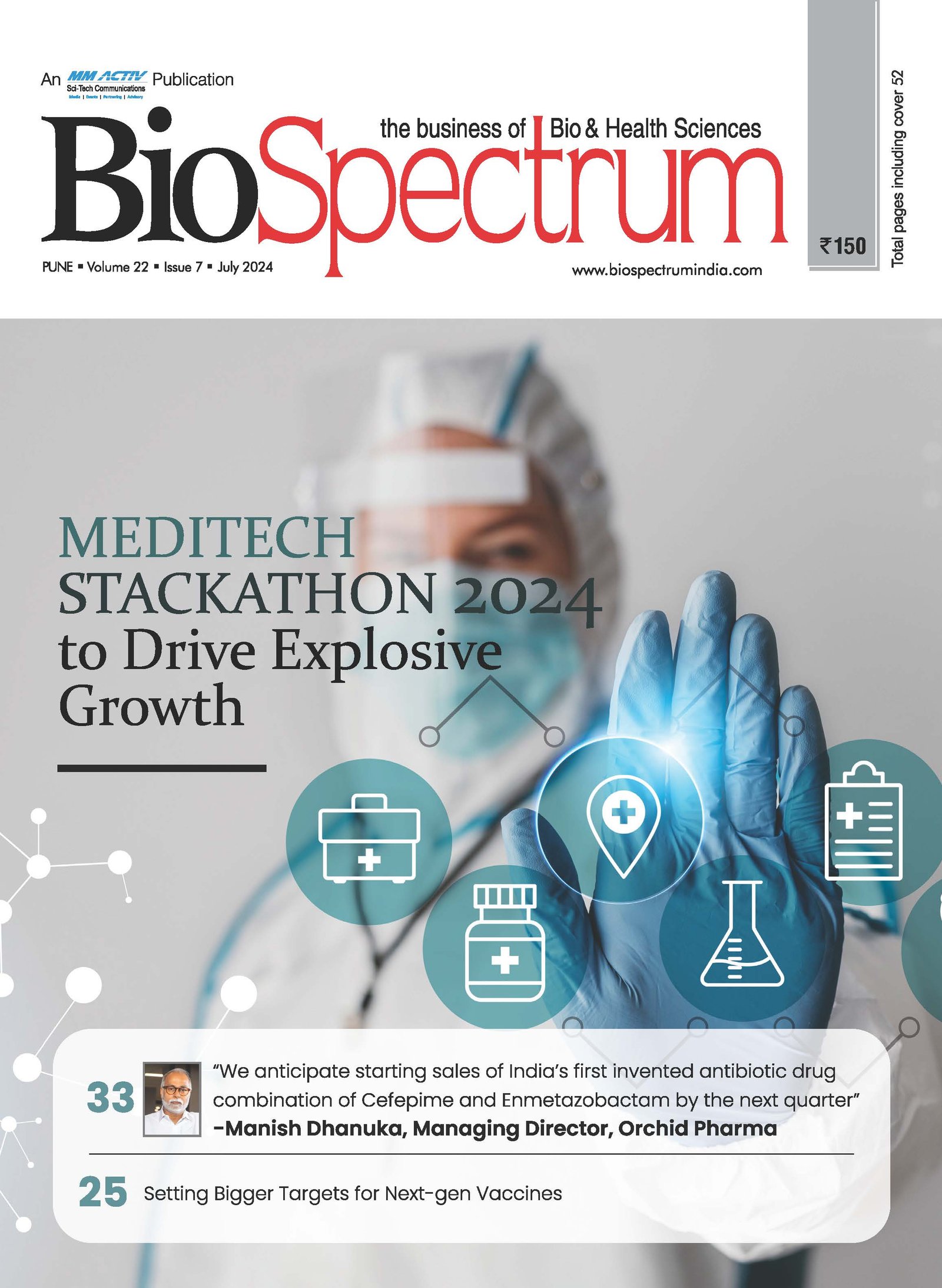Medicinal preparations dominate industry-academia collaborations in India: Thomson Report
16 December 2015 | News | By Rahul Koul Koul
Medicinal preparations dominate industry-academia collaborations in India: Thomson Report

The 2015 India Innovation Report by Thomson Reuters has outlined trends in innovation in Indian industry, academia and government based on patent publishing activity. It also revealed that corporations continue to drive innovation; academia and government contribute around 20 percent to the total patent activity in India.
Apart from the findings of the report that were revealed on December 15, 2015 at New Delhi, the 2015 Thomson Reuters India Innovation Awards along with Top 50 Indian innovators were also announced. The awards honour the most innovative academic institutions and commercial enterprises headquartered in India for their spirit of innovation in R&D as it relates to Indian patent publications.
Among six award winners, under the 'Corporate Pharma' category, Lupin and Cadila Healthcare have been awarded while under 'Academic and Government' the Indian Council of Agricultural Research received the honor.
While launching the report, Mr Arvind Pachhapur, South Asia Head of IP and Science and Legal Business, Thomson Reuters, mentioned, "Globally, innovation is recognized by governments and corporations alike as the fundamental driver of economic and business growth. In India, however, the links between innovation in industry, academia and government is still in a nascent stage," adding, "for enhanced collaboration between corporate, academia and government, a deeper understanding of the technology landscape and convergence of the respective focus areas is critical."
This is the first year when, in addition to analyzing the overall environment of innovation in India, the report also evaluates a growing momentum in the collaboration between each of these three segments. The analysis provides authoritative insights on the innovation landscape in India and recommendations to enhance collaboration between industry and academia.
Sharing his observations on the growing collaborative innovation ecosystem, Dr. R. Chidambaram, Principal Scientific Advisor to Government of India, said, "The key components of an excellent research and innovation ecosystem are talent, the high quality of faculty, adequate funding, strong infrastructure, an appetite for risk taking and collaboration in research."
The analysis shows that innovation in India, as measured by the number of patents, has been rising. The innovation volume is driven strongly by industry (government and private corporations) and the presence of research and development (R&D) centers of various multinational corporations in India. In line with the Honorable Prime Minister Narendra Modi's vision to transform India into a global manufacturing and innovation hub, the analysis acknowledges the significance of collaboration between industry, academia and government for innovation.
Here are some of the report's key findings:
• Innovation collaboration between Corporate-Academia-Government is still in nascent stages (0.4 percent in patenting, 0.6 percent in publishing). Front runners in patenting collaboration are Tata Steel, TCS, FDC, TVS from Corporate Segment; IIT-Bombay, IISc, IIT-Delhi, IIT-Madras, Panjab University and ISI from Academia segment and CSIR topping the chart from government segment.
• A major proportion of the top ten is occupied by the IT/Software and Electrical industry. Tata Consultancy Services (TCS) tops the list followed by Samsung India Software operations and Bharat Heavy Electricals (BHEL) - the only central public sector enterprise to feature in the top 10 Corporate segment list.
• Council of Scientific and Industrial Research (CSIR) leads with almost half the total volume of patents published in the top ten list of the Academia and Government segment followed by Defence Research and Development Organization (DRDO) and Amity University.
• The top five technology focus areas for both the Corporate and Academia and Government segment differ but not entirely. Digital data processing and digital data transmission feature only in the top five for corporate and micro-organism composition and food treatment feature only in the top five focus areas of the Academia and Government.
• Preparations for medicinal purposes are the key technology focus area for both the Corporate and Academia and Government segment but a deep dive within this shows slightly different focus - Preparation of herbal medicines by Academia and Government and preparation of organic active ingredients by corporations.
• Corporate funding of academic research has been on the rise both in India and globally as measured by number of scientific papers funded by corporations.
The compilation of data in the report was done using Thomson Innovation, Derwent World Patents Index (DWPI), Derwent Patent Citations Index (PCI), Thomson Data Analyzer and Web of Science.


